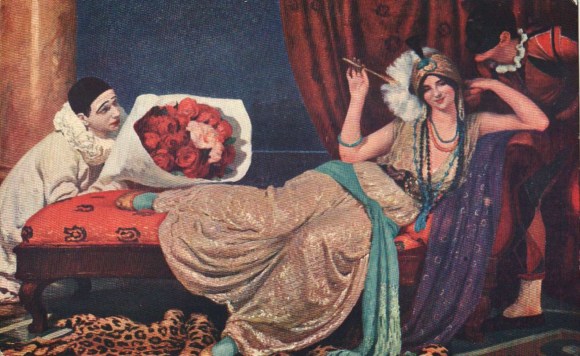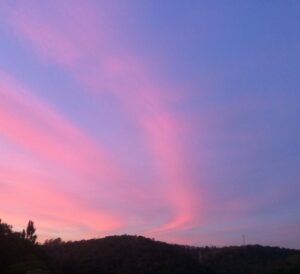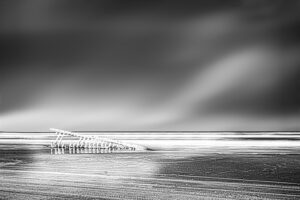7 Brazilian Baroque Artists You Need to Know

The great Baroque production of Brazilian artists took place in the gold-bearing cities of Minas Gerais in the 18th century. These cities were rich and had an intense cultural and artistic life.
Meet some of the main Brazilian artists of Baroque art:
1. Aleijadinho

Antônio Francisco Lisboa, 1730-1814, better known as Aleijadinho, is the main artist of the Brazilian Baroque. Born in Ouro Preto, Minas Gerais, he was an important sculptor, carver and architect in Colonial Brazil.
2. Mestre Ataíde

Mestre Ataíde lived between 1762 and 1830, in Mariana, Minas Gerais. He was a Brazilian military, painter and decorator, also remembered as an important Baroque-Rococo artist from Minas Gerais who had a great influence on the painters of his area.
These characteristics are expressed through numerous students and followers who continued to make use of his compositional method, especially in perspective work on church ceilings.
3. José Joaquim da Rocha

José Joaquim da Rocha was born in 1737 and died in 1807 in Salvador, Bahia. He was a Brazilian painter, gilder and restorer. With the Catholic Church as its exclusive sponsor, its production was entirely developed in the domain of sacred art.
4. Eusébio de Matos e Guerra

Eusébio de Matos e Guerra was one of the greatest painters of Brazilian Baroque art. Portuguese speaker and poet born in Colonial Brazil who worked in Brazil between 1629 and 1692; he was the brother of Gregório de Matos.
Obras em Destaque
5. Jesuíno do Monte Carmelo

Frei Jesuíno do Monte Carmelo lived between 1764-1819 in Itu, São Paulo. His religious name was Jesuíno Francisco de Paula Gusmão and he was a painter, architect, sculptor, incarnator, gilder, carver, master in thoreutics, musician, poet and Brazilian Carmelite priest.
6. José Teófilo de Jesus

José Teófilo de Jesus (1758-1847) was a Brazilian painter and decorator, one of the most noted representatives of the Bahian School of painting.
7. Agostinho de Jesus

Frei Agostinho de Jesus was one of the first sculptors to work in Brazil. Possibly, he was a disciple of Friar Agostinho da Piedade, working in a similar style to that of the artist in the production of sacred terracotta statuary. He was born in 1600 and died in 1661 in Rio de Janeiro.
Check out too:
Sources






